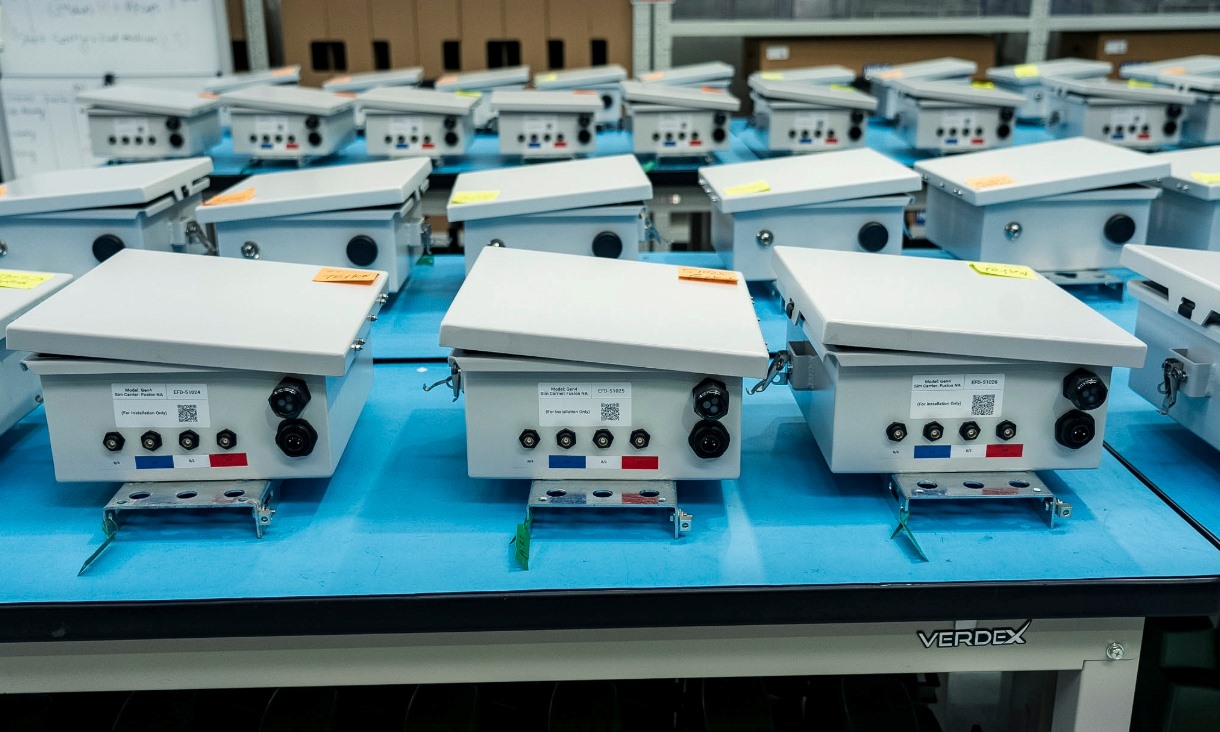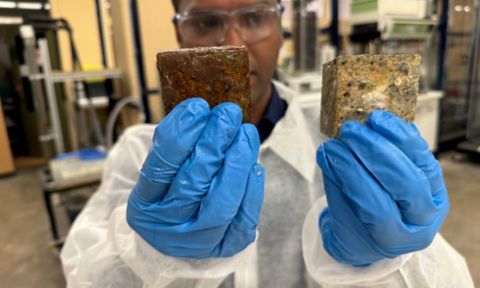NASA has selected two missions, dubbed DAVINCI+ and VERITAS, to study the “lost habitable” world of Venus. Each mission will receive approximately US$500 million for development and both are expected to launch between 2028 and 2030.
It had long been thought there was no life on Venus, due to its extremely high temperatures. But late last year, scientists studying the planet’s atmosphere announced the surprising (and somewhat controversial) discovery of phosphine. On Earth, this chemical is produced primarily by living organisms.
The news sparked renewed interest in Earth’s “twin”, prompting NASA to plan state-of-the-art missions to look more closely at the planetary environment of Venus — which could hint at life-bearing conditions.
Conditions for life
Ever since the Hubble Space Telescope revealed the sheer number of nearby galaxies, astronomers have become obsessed with searching for exoplanets in other star systems, particularly ones that appear habitable.
But there are certain criteria for a planet to be considered habitable. It must have a suitable temperature, atmospheric pressure similar to Earth’s and available water.
In this regard, Venus probably wouldn’t have attracted much attention if it were outside our solar system. Its skies are filled with thick clouds of sulphuric acid (which is dangerous for humans), the land is a desolate backdrop of extinct volcanoes and 90% of the surface is covered in red hot lava flows.
Despite this, NASA will search the planet for environmental conditions that may have once supported life. In particular, any evidence that Venus may have once had an ocean would change all our existing models of the planet.
And interestingly, conditions on Venus are far less harsh at a height of about 50km above the surface. In fact, the pressure at these higher altitudes eases so much that conditions become much more Earth-like, with breathable air and balmy temperatures.
If life (in the form of microbes) does exist on Venus, this is probably where it would be found.
The DAVINCI+ probe
NASA’s DAVINCI+ (Deep Atmosphere Venus Investigation of Noble gases, Chemistry, and Imaging) mission has several science goals, relating to:
Atmospheric origin and evolution
It will aim to understand the atmospheric origins on Venus, focusing on how it first formed, how it evolved and how (and why) it is different from the atmospheres of Earth and Mars.
Atmospheric composition and surface interaction
This will involve understanding the history of water on Venus and the chemical processes at work in its lower atmosphere. It will also try to determine whether Venus ever had an ocean. Since life on Earth started in our oceans, this would become the starting point in any search for life.







